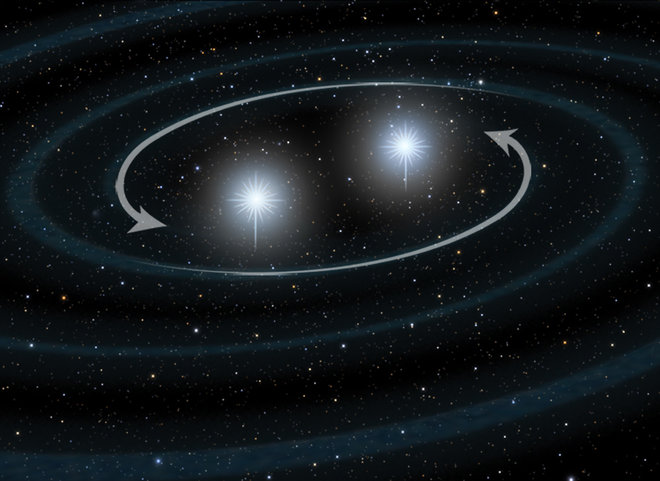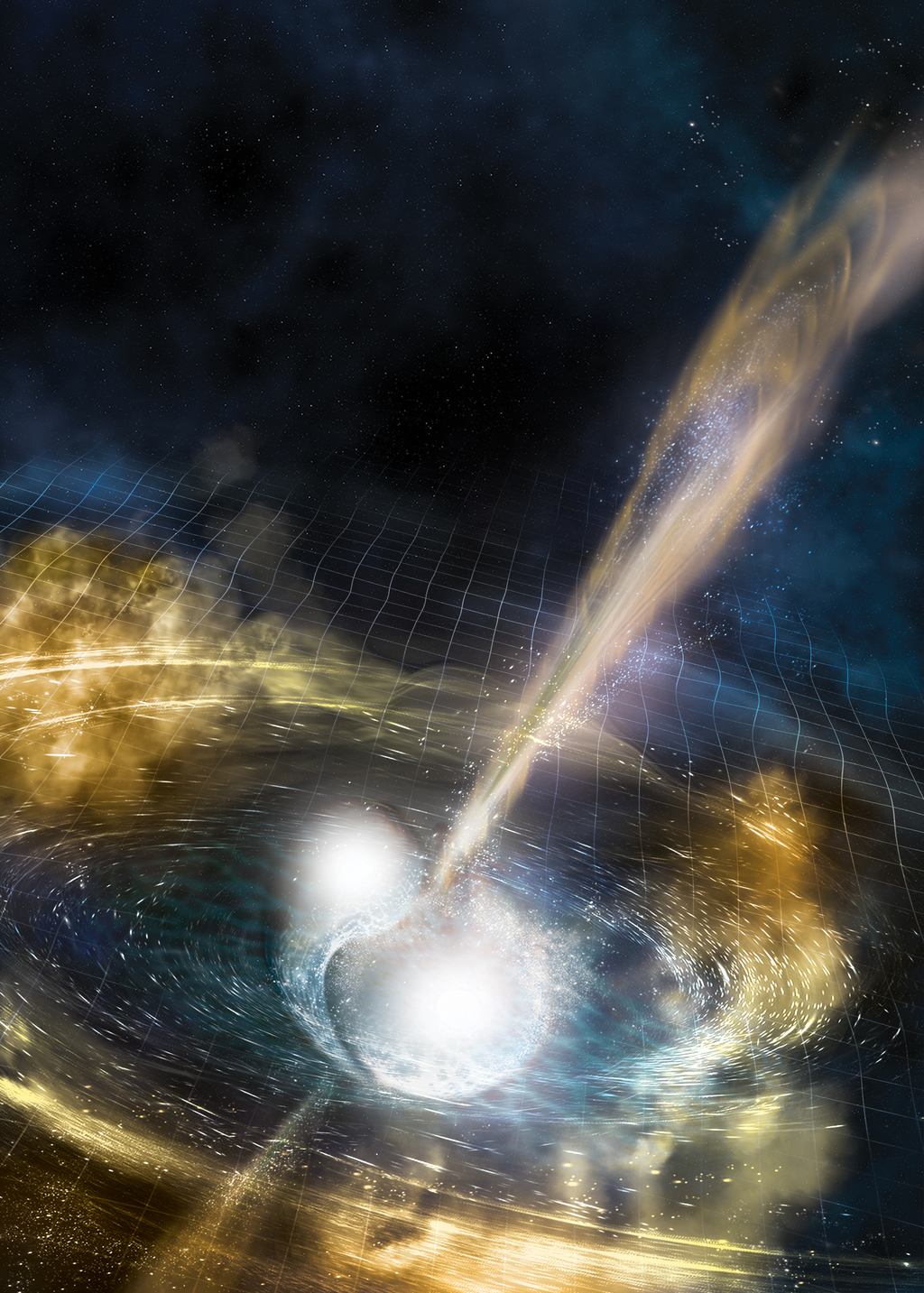
c/o NASA
This summer, on Aug. 17, the detection of an astounding phenomenon known as a kilonova sent shock waves through the astronomy community, generating far more excitement than this summer’s total solar eclipse. As the news spread, over 70 observatories pointed their telescopes to galaxy NGC 4993, 130 million light-years away, to witness the astounding kilonova unfold. Wesleyan Research Associate Professor of Astronomy Roy Kilgard, who studies the X-rays emitted from binaries of black holes, neutron stars, and/or white dwarfs along with many other astronomers and physicists, was very excited by the news. The kilonova was so groundbreaking it led Kilgard, New York Times, The Washington Post, Science Magazine, and many other journals and newspapers to weigh in on the event.
“It is incredibly rare to observe a new phenomenon for the first time,” Kilgard said.
He went on to compare the astronomical spectacle to NASA’s launching of the first Hubble telescope as an event that will “change science forever.” But first, what really are kilonovas?
The phenomenon occurs when two neutron stars combine. These stars form when a very massive star of about 10 to 20 times the mass of the Sun explodes. During the explosion, the outer layers of the star collapse inward due to the force gravity, causing electrons, which normally occupy free space in an atom’s outer shells, to be pushed into the protons located in the nucleus, leaving behind a very dense neutron core, known as a neutron star. Astronomers for over the past 50 years have wondered what happens when one neutron star faces off with another.
This summer, scientists observed two extremely dense neutron stars growing attracted to one another and entering into a spiral of doom. In Kilgard’s words, this event was similar to ice skaters linking hands and spinning around one another. The neutron stars increased the speed of their rotation as they spiraled closer and closer. Once they reached a certain distance, they began exchanging masses and ripping each other apart, causing gravitational waves to ripple throughout space. When the exchange of mass was complete, the two stars combined to form one very massive object, firing jets of brilliant gamma rays into space.
Though the phenomenon itself was not visibly detectable, the detection of both a short gamma-ray burst, which refers to a tremendous amount of gamma rays released in a short amount of time, and the detection of gravitational waves—the distortions in space-time—essentially proves the existence of a kilonova.
To thank for the detection of gravitational waves is LIGO, the Laser Interferometer Gravitational-Wave Observatory. This observatory has been operating for two years and previously detected gravitational waves emitted from four black hole-to-black hole mergers.

c/o NASA
“Gravitational wave observatories like LIGO have completely changed the way we think about astrophysical unsolved problems now,” Kilgard said.
Physicists from LIGO won the Nobel Prize in October 2017 for directly detecting gravitational waves, and Dr. Kilgard predicts they will win another Nobel Prize soon for gravitational waves detected from the kilonova.
Several conclusions have been drawn from the event. Two seconds following the detection of gravitational waves, the NASA Fermi Telescope detected a short gamma-ray burst. These observations led scientists to conclude gamma-ray bursts of about two seconds are produced when neutron stars merge. Furthermore, these simultaneous signatures of gravitational waves and short gamma-ray bursts confirm Einstein’s prediction that gravitational waves travel at the speed of light.
In addition to elucidating the origin of these bursts, the kilanova has revealed how the heavier elements on the periodic table are created. While elements lighter than iron are formed during the slow fusion of lighter elements as a star runs out of gas, heavier elements are formed in a rapid process that can only occur in a neutron-rich environment. Previously, it was known that supernovas produce some of the heavier elements. However, the small quantities of heavy elements observed from these events does not explain the relative abundance of elements such as gold, silver, platinum, and uranium observed throughout the universe.
Astronomers used a variety of observational methods to discover kilonovas. Nine days after gravitational waves and gamma rays were detected from the kilonova, the Chandra Telescope detected X-rays. Then, many different types of light were detected from the expanding debris of the explosion in what some would describe as fireworks erupting throughout the electromagnetic spectrum. Signatures of heavy elements were detected in high quantities from the expanding cloud of debris. The Hubble Telescope detected infrared light from expanding debris, which is thought to have been released by the radioactive decay of elements formed. All of the different types of light detected across the electromagnetic spectrum supported the theory that these elements were formed rapidly when the neutron stars merged.
While the merger of binary neutron stars has informed the scientific community about how the universe works, it ultimately creates more questions than it answers. Many scientists have been led to ask: What formed as a result of this merger of neutron stars? It is possible the merger could have formed a very massive neutron star or a relatively small black hole.
“More observations about the size constraints of neutron stars will be necessary to answer this question,” said Kilgard.
Furthermore, while the merger of black hole binaries and neutron star binaries has now been observed, a neutron star-black hole merger has yet to be seen. Researchers wonder why this is and what the result would be.
The ultimate question, however, is how frequently kilonovas like this one occurs. LIGO has only been storing recordings for the past two years.
“Do Kilonovas occur frequently enough to produce all of the gold in the universe?” Kilgard asked.
Only time will tell.
Leila Etemad can be reached at letemad@wesleyan.edu.